The Mahi Mahi, also known as the dolphin fish or dorado, is a species of fish in the Coryphaenidae family. The family contains only one other member, the pompano dolphinfish. The closest relatives of these fish include the remora, cobia, jack, and more. Read on to learn about the Mahi Mahi.
Description of the Mahi Mahi
This species of fish has a very distinguishable appearance. Its head is quite tall and flat, particularly in males, giving it a squared appearance. It has blue-green scales along its back and yellow scales on its sides and underbelly.
On average, this fish measures just over three feet long. However, exceptionally large individuals can surpass six feet in length.
Interesting Facts About the Mahi Mahi
This fish has a number of interesting traits and adaptations. Learn more about what makes them unique, below.
- Fast Growing – This species of fish grows incredibly rapidly. It takes just four or five months for the young fish to reach sexual maturity, and they continue to grow afterward.
- Sportfishing – Many people target this species while sportfishing. This species has particular popularity in this market because of its unique coloration and high-quality meat. Additionally, the fish have stable populations, making local governing bodies encourage their targeting over more vulnerable species.
- Pagmamamataw – In the Philippines and many of the surrounding areas, people hunt this fish using harpoons. They even utilize special boats that they can steer with one hand and aim their harpoon with the other.
Habitat of the Mahi Mahi
You can often find this species near the surface of the ocean. They prefer pelagic habitats of open water, swimming in open water and not typically associating with the sea floor or the coasts. This species also congregates near floating debris, such as seaweed or palm fronds, as its prey often hides there.
Distribution of the Mahi Mahi
These fish live throughout tropical, subtropical, and into temperate seas worldwide. They live primarily in tropical regions. You can find them in the Atlantic, Pacific, and Indian Oceans. Large populations live in the waters around Hawaii and the Gulf of Mexico.
Diet of the Mahi Mahi
This species has carnivorous feeding habits, which means that it eats other animals. More specifically, as a piscivore it preys on fish and other aquatic creatures. Some common prey include fish, squid, shrimp, and more.
Larger individuals hunt for larger prey, and these fish eat just about anything that they can fit in their mouths. As active hunters, the swim rapidly in pursuit of prey and expend large amounts of energy.
Mahi Mahi and Human Interaction
People target this species for both recreational and commercial fishing. As a sportfish, their bright coloration and tasty meat make them a popular target. In commercial fisheries, people originally captured this species accidentally as bycatch, but now also target the species on its own as well.
Because these fish grow rapidly and reach sexual maturity quickly, they have stable populations and fishing pressure has not impacted them adversely. The IUCN lists the species as Least Concern.
Domestication
Humans have not domesticated this fish in any way.
Does the Mahi Mahi Make a Good Pet
People do not keep this fish as a pet. They look pretty, but grow quickly to a size that does not fit well in a home aquarium!
Mahi Mahi Care
People raise this species in aquaculture or fish farming. Though farm-raised individuals do not grow quite as rapidly as wild fish, the industry remains quite lucrative. Farm raised fish also help reduce the pressure on wild populations and prevent future overfishing.
Behavior of the Mahi Mahi
These fish have incredibly active behavior and must swim constantly to push water through their gills. They spend much of their time hunting for prey, and have generalist feeding habits, which means that they eat anything that they can swallow. Some live solitary lives while others live in schools.
Reproduction of the Mahi Mahi
These fish begin breeding when they reach four or five months old. In tropical regions these fish breed year-round. They reproduce via spawning, where the females release their eggs and the males fertilize them outside of the body. A single female can produce up to a million eggs. The adults do not protect the eggs or larval young in any way.



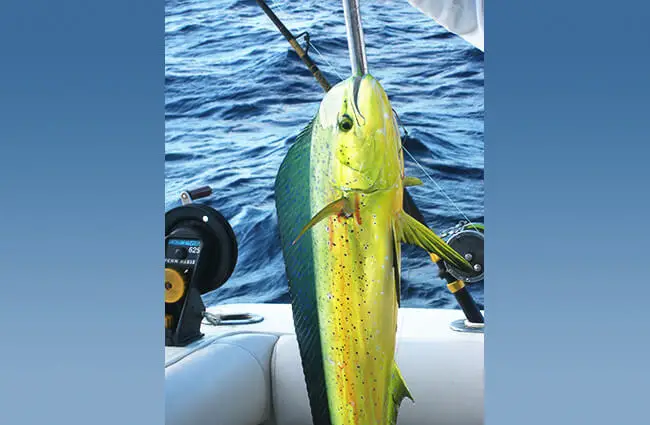


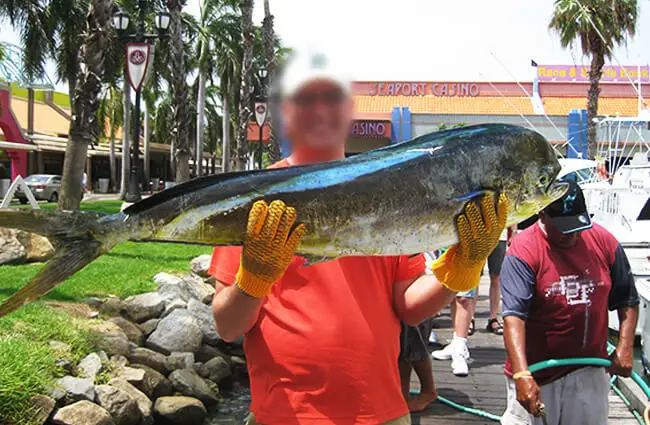

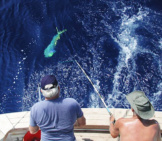
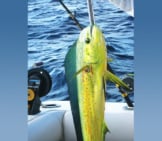


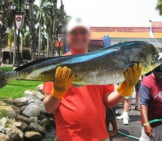
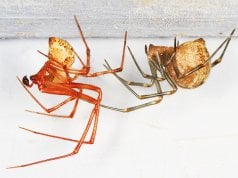












![Red Angus Closeup of a beautiful Red Angus cowPhoto by: U.S. Department of Agriculture [pubic domain]https://creativecommons.org/licenses/by/2.0/](https://animals.net/wp-content/uploads/2020/03/Red-Angus-4-100x75.jpg)

